When it comes to enhancing the aesthetics and functionality of an outdoor living space, an outdoor ceiling fan can be a game-changer. These fans not only provide a refreshing breeze but also contribute to the overall ambiance of the area. However, one of the key decisions you'll face when selecting an outdoor ceiling fan is determining the optimal number of blades. This choice can significantly impact the fan's performance, efficiency, and aesthetic appeal.
Understanding the Role of Blades in Ceiling Fans
Before delving into the ideal number of blades, it's essential to understand the role that blades play in a ceiling fan's operation. The primary function of the blades is to displace air, creating a cooling effect as they spin. The design, shape, and number of blades all contribute to the fan's ability to move air effectively.
Factors Influencing Blade Count
Several factors influence the optimal number of blades for an outdoor ceiling fan, including:
- Fan Size: Larger fans typically require more blades to achieve efficient air displacement. A bigger fan with fewer blades may not move enough air, while a smaller fan with too many blades could create excessive noise and vibration.
- Blade Shape and Design: The shape and design of the blades play a crucial role in their ability to move air. Modern blade designs, such as those with a high lift-to-drag ratio, can be more efficient with fewer blades.
- Desired Airflow: The amount of airflow you desire will also impact the blade count. If you need a powerful breeze, a fan with more blades may be necessary. However, for a gentle, ambient airflow, fewer blades could suffice.
- Aesthetic Preferences: The visual appeal of the fan is another consideration. Some homeowners prefer a more streamlined look with fewer blades, while others may opt for a fan with more blades for a fuller appearance.

The Optimal Blade Count
While there isn't a one-size-fits-all answer to the optimal number of blades for an outdoor ceiling fan, there are general guidelines that can help you make an informed decision.
For most standard-sized outdoor ceiling fans, three to five blades are typically recommended. This range strikes a balance between efficiency, noise levels, and aesthetic appeal. Three-blade fans are known for their sleek design and efficient airflow, making them a popular choice for contemporary outdoor spaces. They provide a good amount of air movement without creating excessive noise or vibration.
Five-blade fans, on the other hand, offer a more pronounced airflow and can be beneficial in larger spaces or areas where a stronger breeze is desired. These fans tend to have a more traditional look and can complement various architectural styles.
Considerations for Larger Fans
For larger outdoor ceiling fans, such as those designed for spacious patios or open-air living areas, a higher blade count may be necessary to achieve adequate airflow. In these cases, fans with five to seven blades are often recommended. These fans can displace a significant amount of air, providing a refreshing breeze even in larger spaces.
However, it's important to note that increasing the blade count also increases the fan's weight and complexity. This can lead to higher installation costs and potential maintenance issues. Therefore, it's essential to weigh the benefits of additional blades against these considerations.
Conclusion
In conclusion, the optimal number of blades for an outdoor ceiling fan depends on various factors, including fan size, blade shape and design, desired airflow, and aesthetic preferences. For standard-sized fans, three to five blades typically offer the best balance between efficiency, noise levels, and aesthetics. Larger fans may benefit from a higher blade count to achieve adequate airflow in spacious areas.




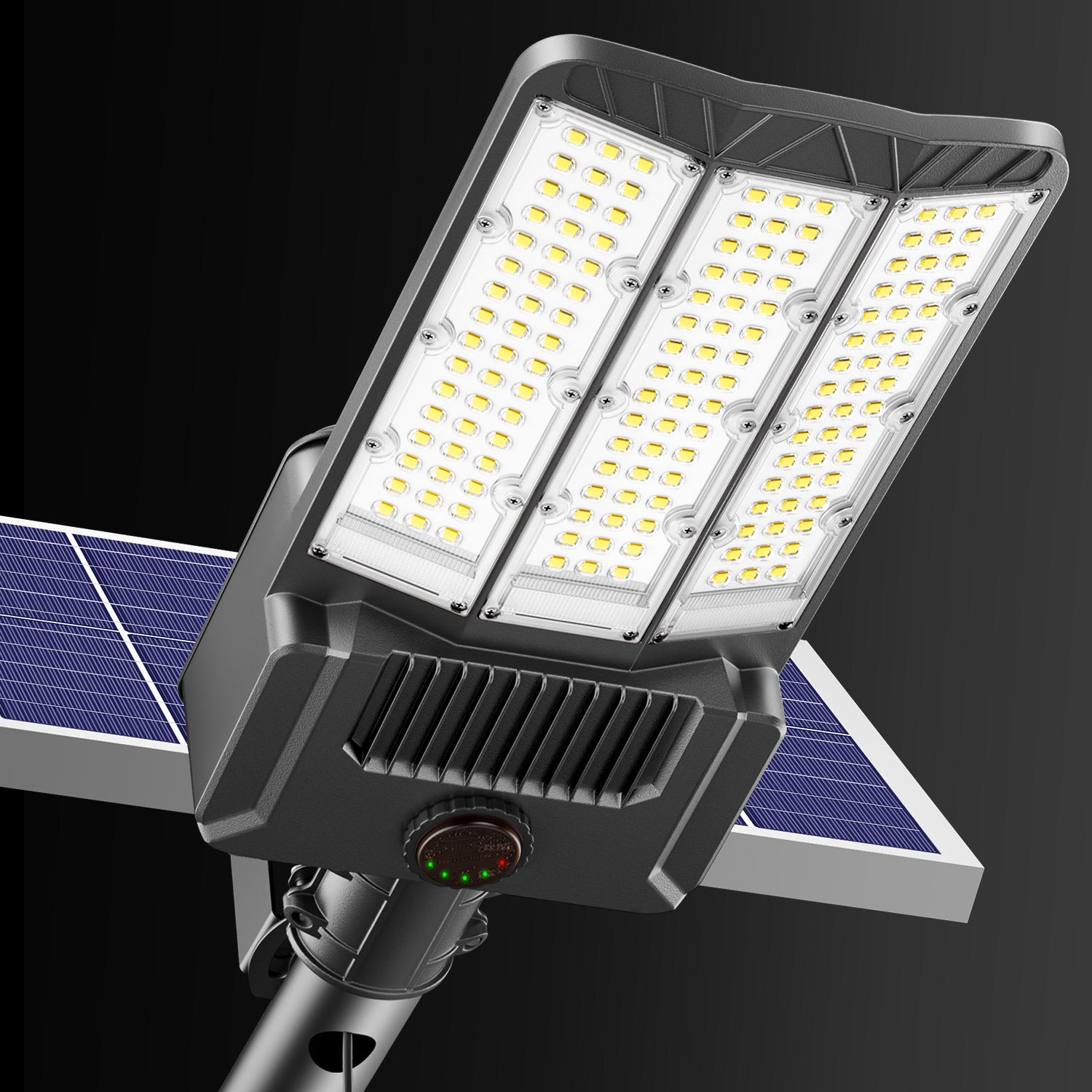

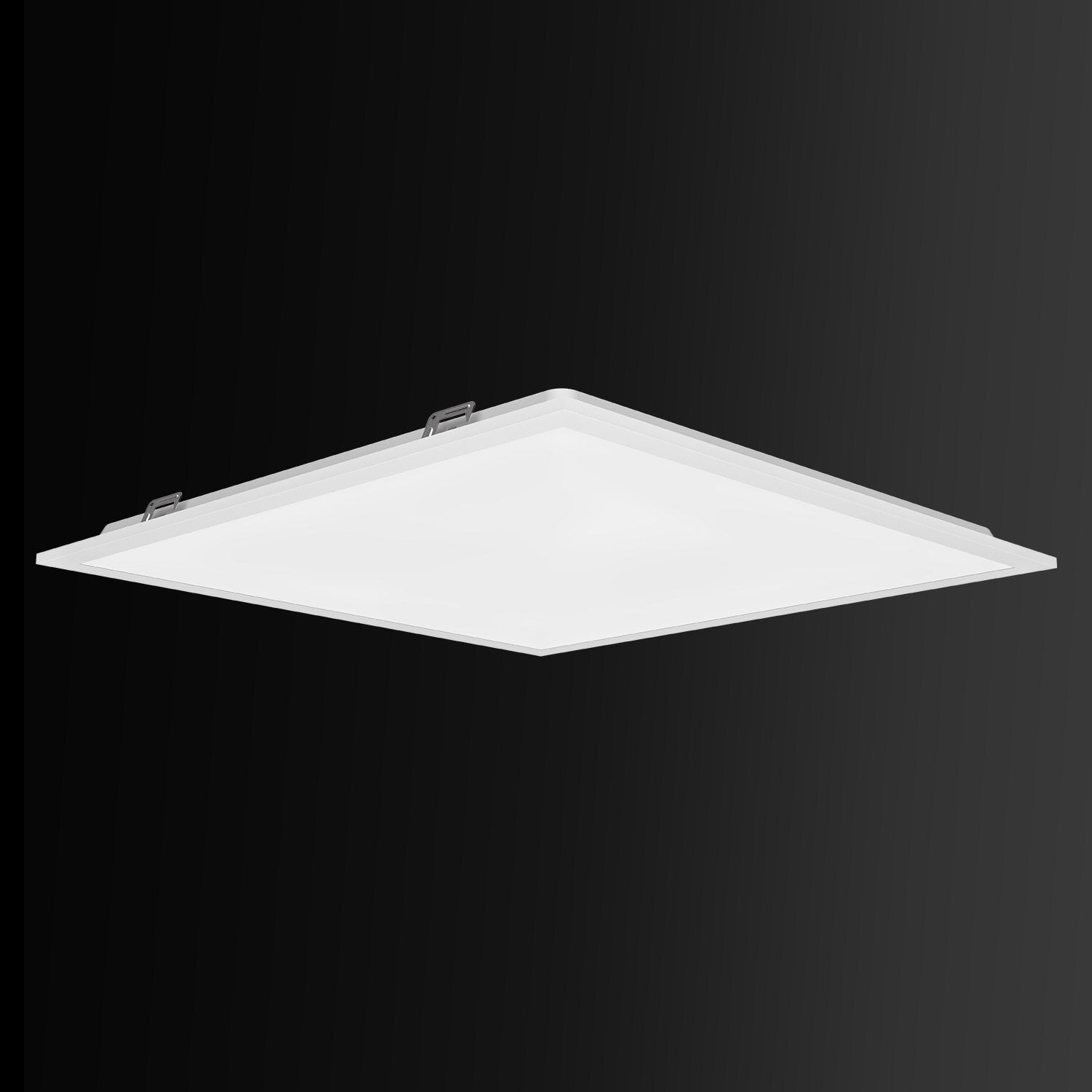
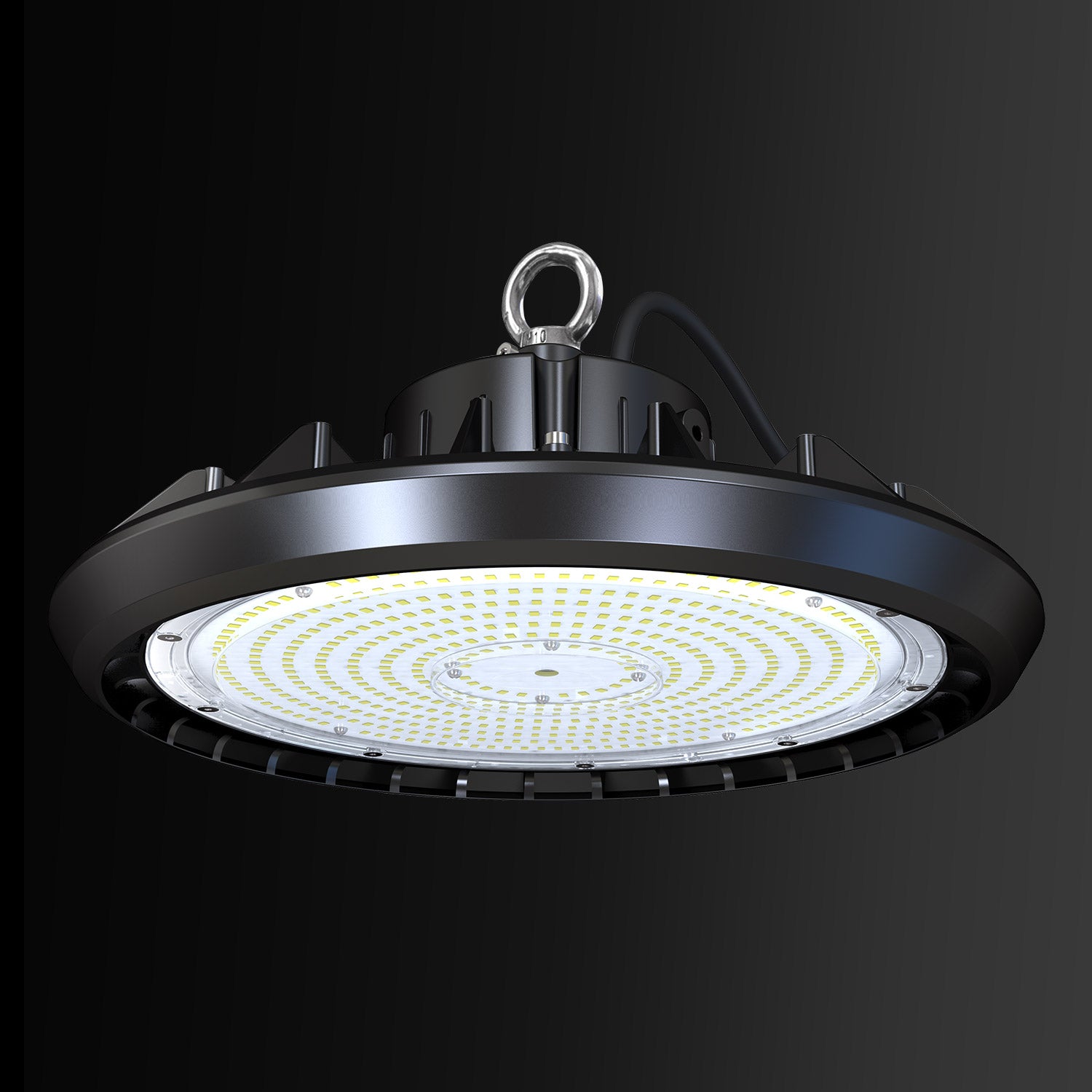
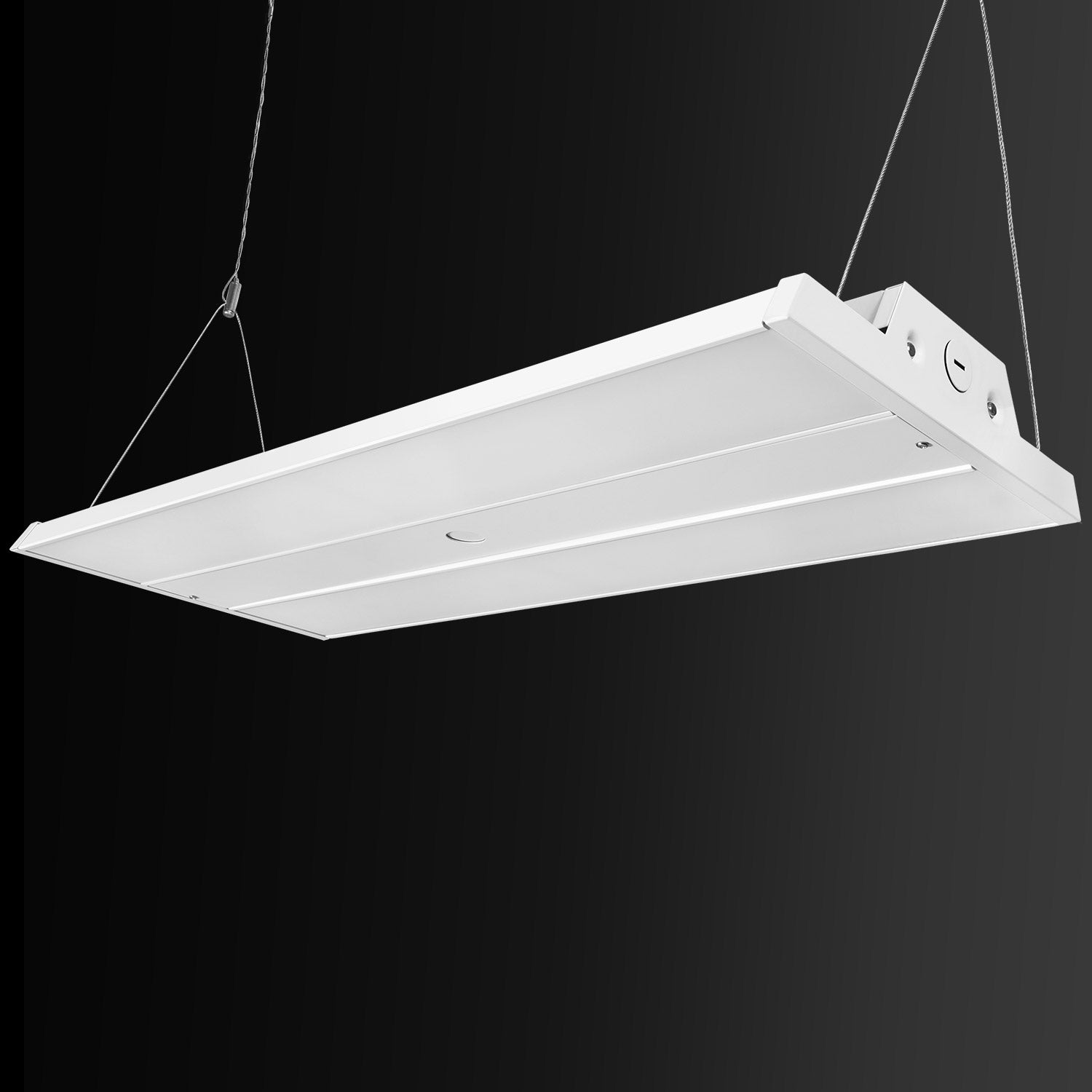




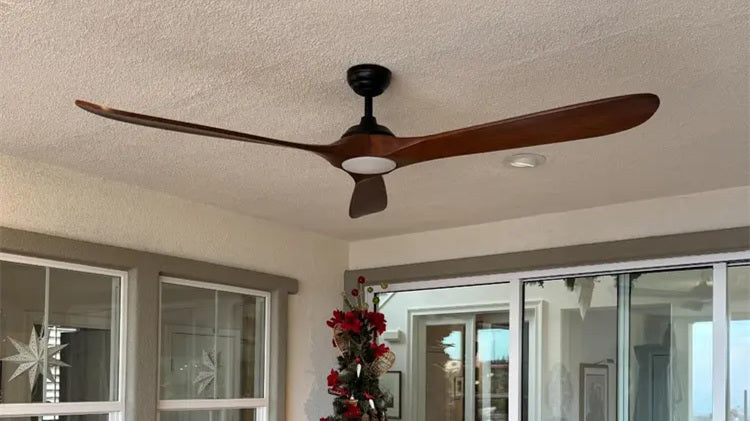
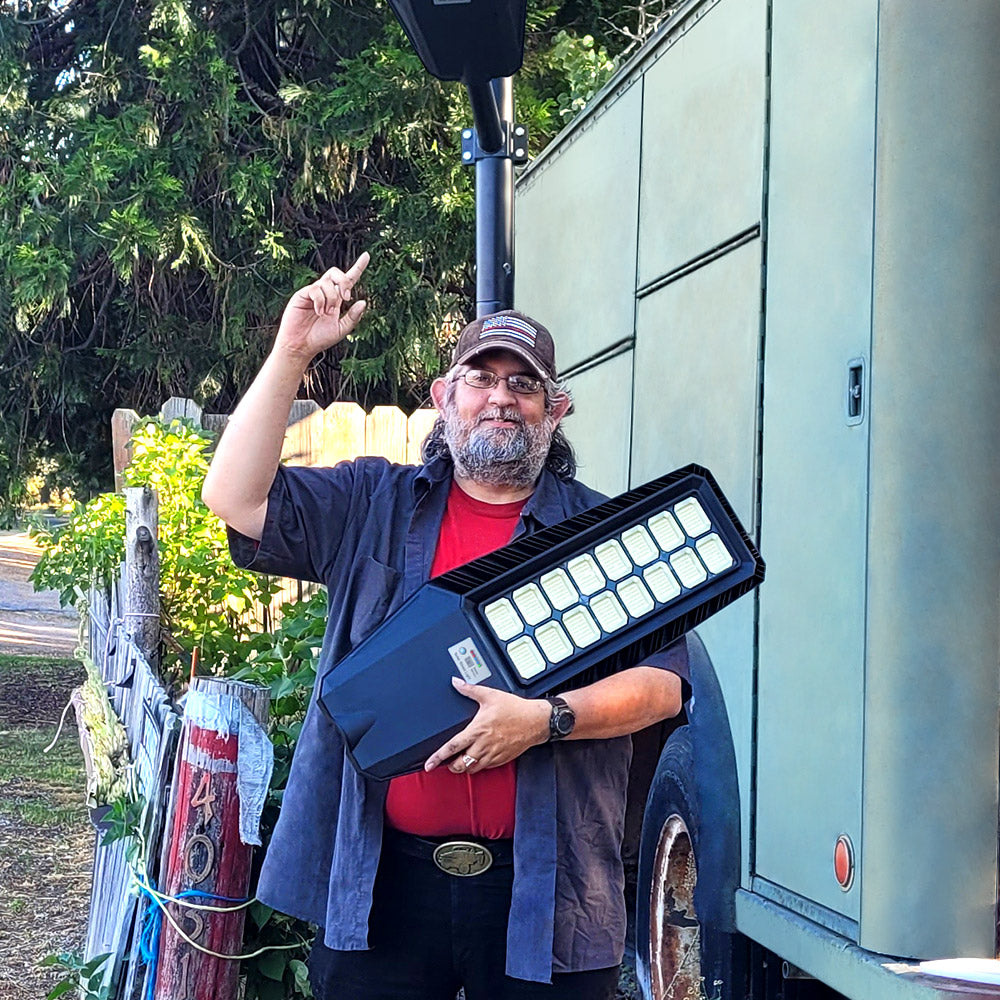



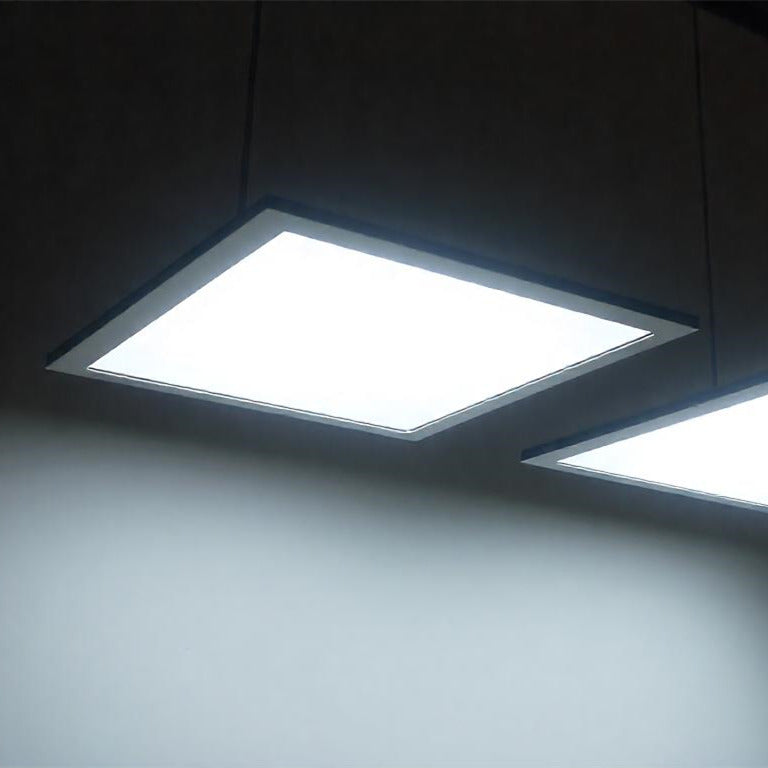
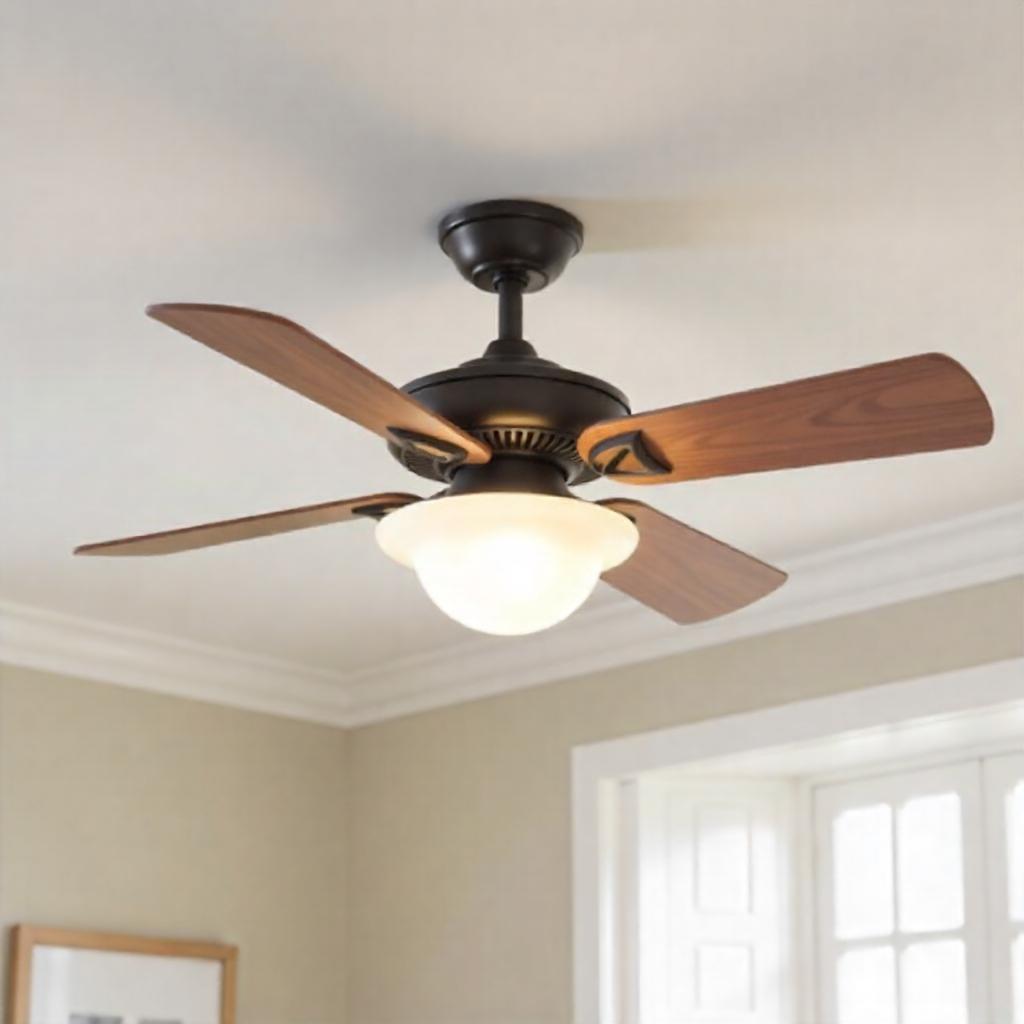
اترك تعليقًا
This site is protected by hCaptcha and the hCaptcha Privacy Policy and Terms of Service apply.